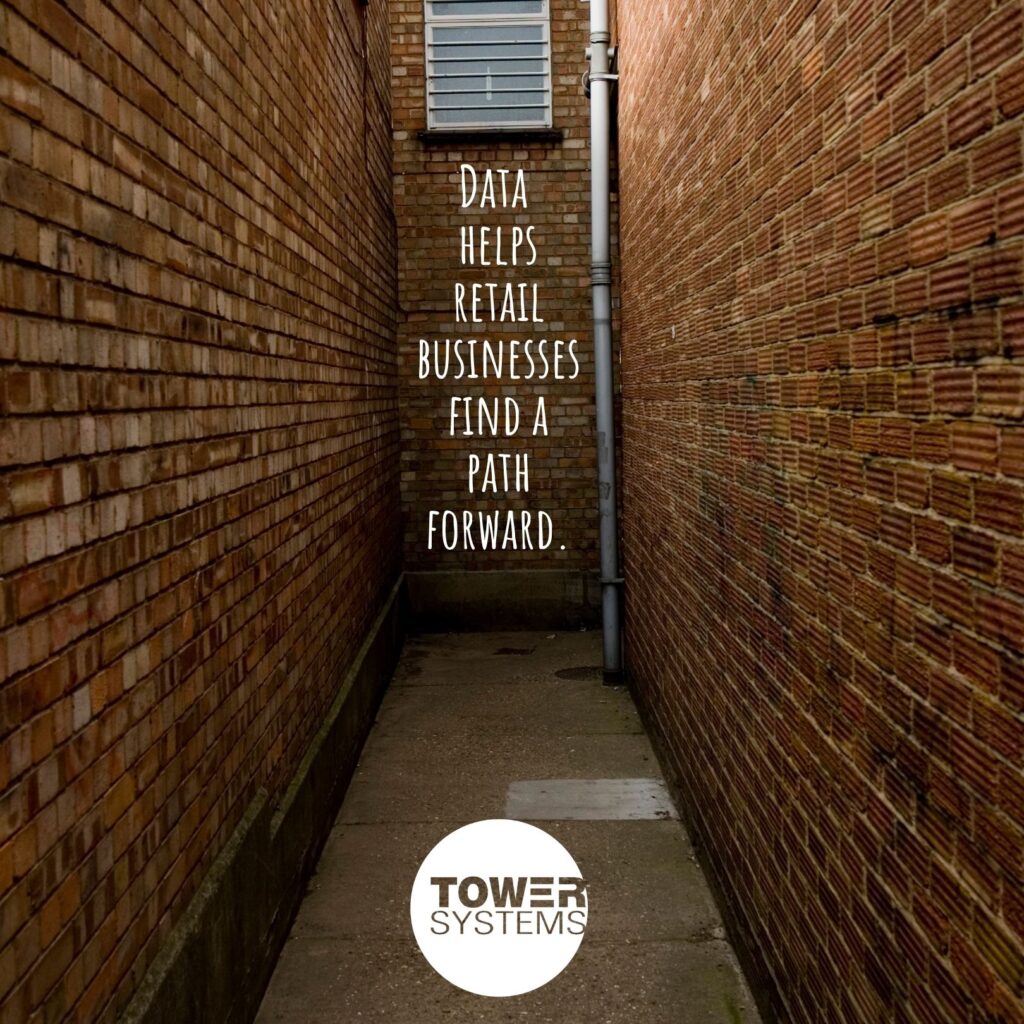Our gift shop POS software is used by hundreds of gift shops in Australia. We are so proud of its reach and thrilled that it is helping so many business owners and team members to run efficient, successful and enjoyable businesses.
This is POS software made for gift shops, to serve their needs, to help them be more successful.
Here are some of the benefits people in businesses like yours tell us they love:
- Say goodbye to LayBy With our buy now pay later options.
- Customers will love your product use and care instructions on receipts.
- Make more money offering special orders that you can easily track from the counter and notify shoppers by email or text when the goods arrive.
- Get one-time-only shoppers spending more with an awesome and differentiating loyalty facility.
- Sell online easily, direct from your POS software.
- Bring customers back with reminders on dates important to them.
- Save money on bookkeeping by integrating with accounting software.
- Make more money from the one time only shoppers.
- Save time, load electronic invoices from suppliers.
There is more to this gift shop software, too …
- Get rid of manual books at the counter for LayBys, special orders, stock you need to order and more.
- Cut dead stock and re-order based on data facts.
- Cut theft by knowing what is being stolen.
- Eliminate LayBy and get you paid sooner with buy now pay later.
- Make price comparison harder with bundled packs.
- Easily and consistently pitch locally sourced products.
- Drive community group member engagement with group pricing.
- Get one-time-only shoppers spending more with loyalty tools.
- Bring customers back with reminders on dates important to them.
- Save money on bookkeeping by integrating with Xero.
- Leverage your knowledge on receipts and elsewhere. Sell you.
- Reach beyond your four walls with a directly linked Shopify store.
We are so so proud every day of what this awesome gift shop POS software is helping local small business gift shops achieve. From competing with the big end of town to competing with online, this gift shop POS software is empowering. It is evolving, too, as more releases come out with new facilities fine tuned based on evolving needs we see in the marketplace.
We are thankful to serve so many gift shops already. If you are looking for POS software for your gift shop, we’d love to show you what we do.







Recent Comments